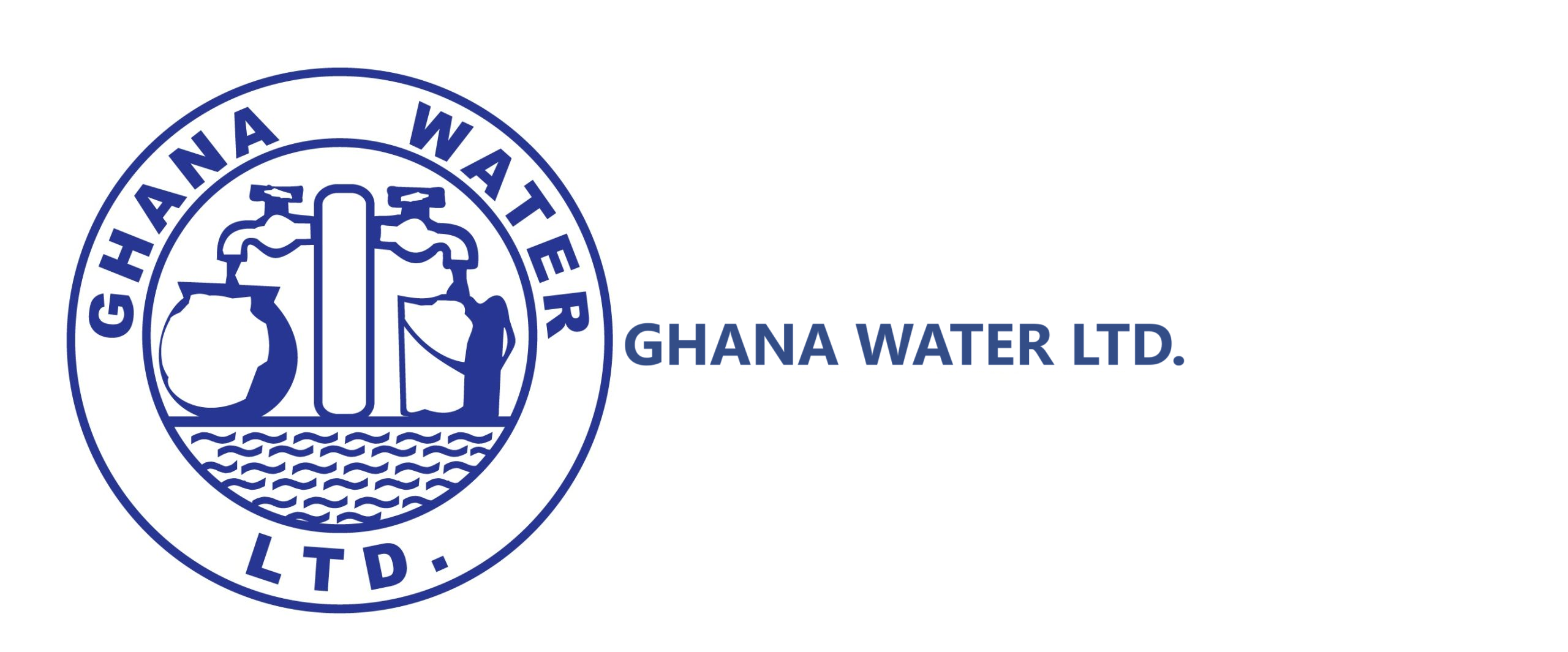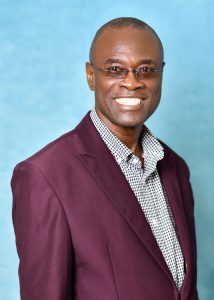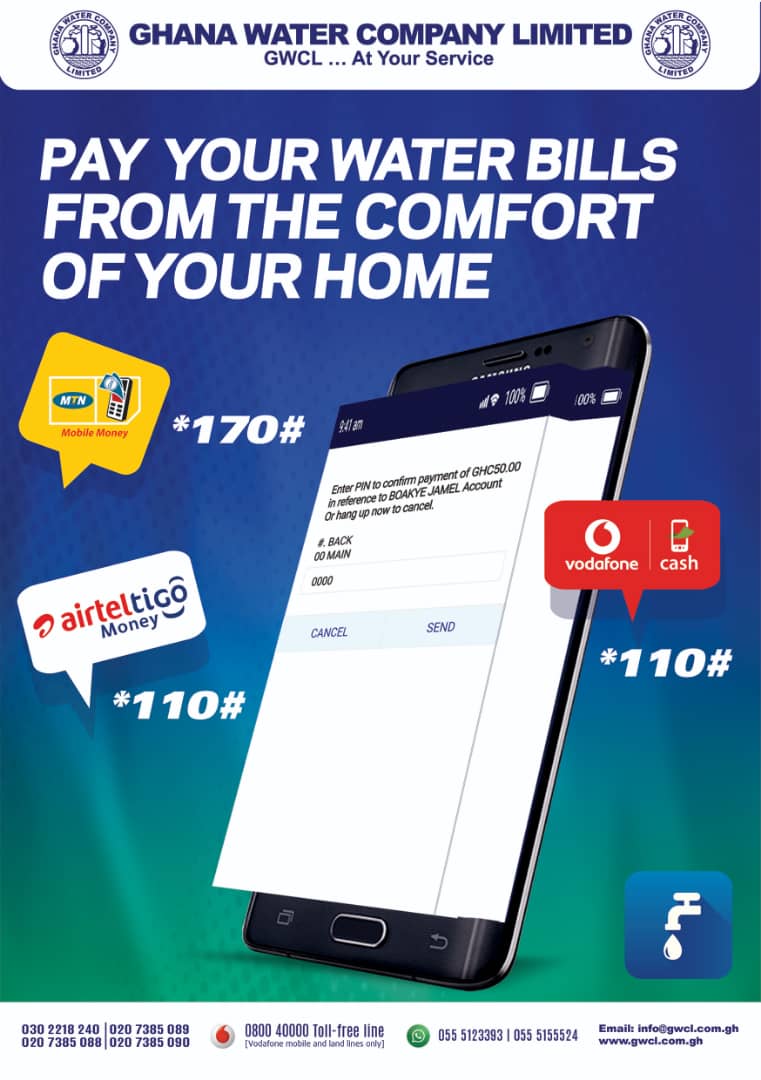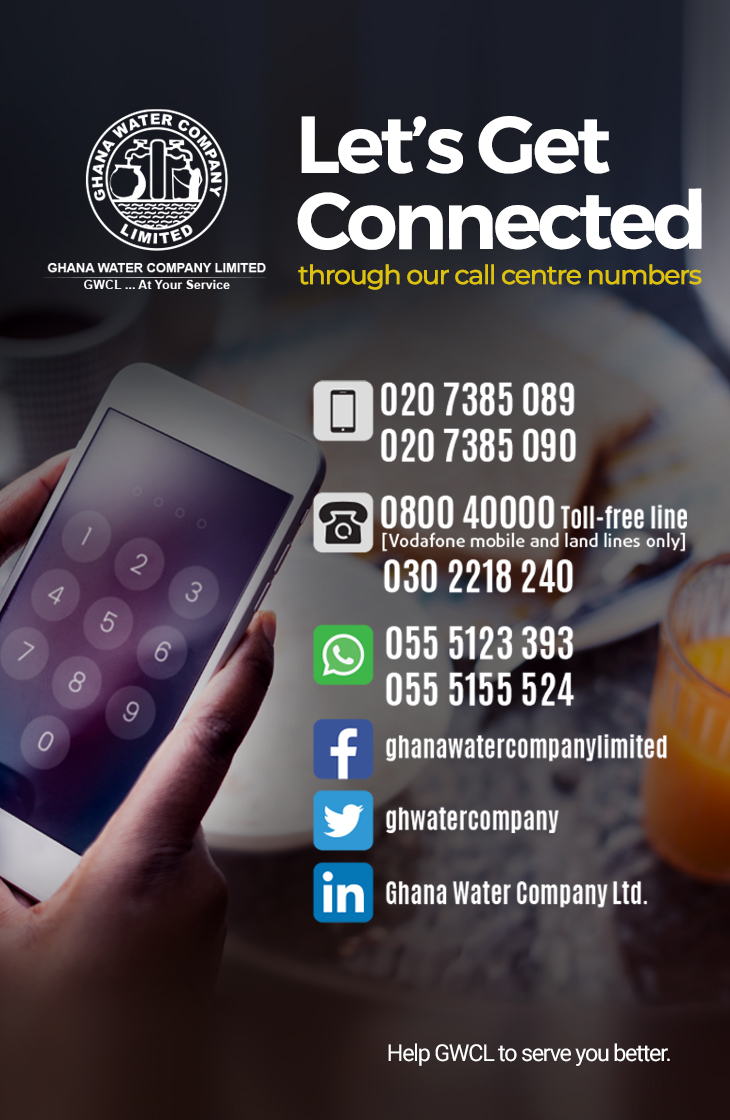MR. KWASI Y. ABEBRESE
Regional Chief Manager
Mr. Kwasi Yeboah Abebrese is a member of the Institute of Chartered Accountants, Ghana. He holds an Executive Masters in Business Administration (EMBA) obtained from University of Ghana, Legon, and a Bachelor of Commerce and a Diploma in Education (which run concurrently) from the University of Cape Coast, Cape Coast.
He joined Ghana Water Company Limited in April 1993. He started as District Commercial Officer in Madina District and worked through several ranks in Accra Tema Metropolitan Area (ATMA) Regions of GWCL. He became a Finance Manager in 2006 and continued to serve as such till June 2019.
Prior to his transfer to Upper East Region as a Regional Chief Manager, he was the Regional Finance Manager for Tema Region. He was appointed Regional Chief Manager for Upper East Region in July 2019 and is currently the Regional Chief Manager for Central Region.
Mr. Abebrese has had the opportunity in the past to do a work study with South Staffordshire Water PLC., Walsall, United Kingdom and Vitens of the Netherlands.
He has over 25 years of experience in the water supply industry which cuts across Commercial and Finance and Operations. He has to his credit a number of mini-publications.





